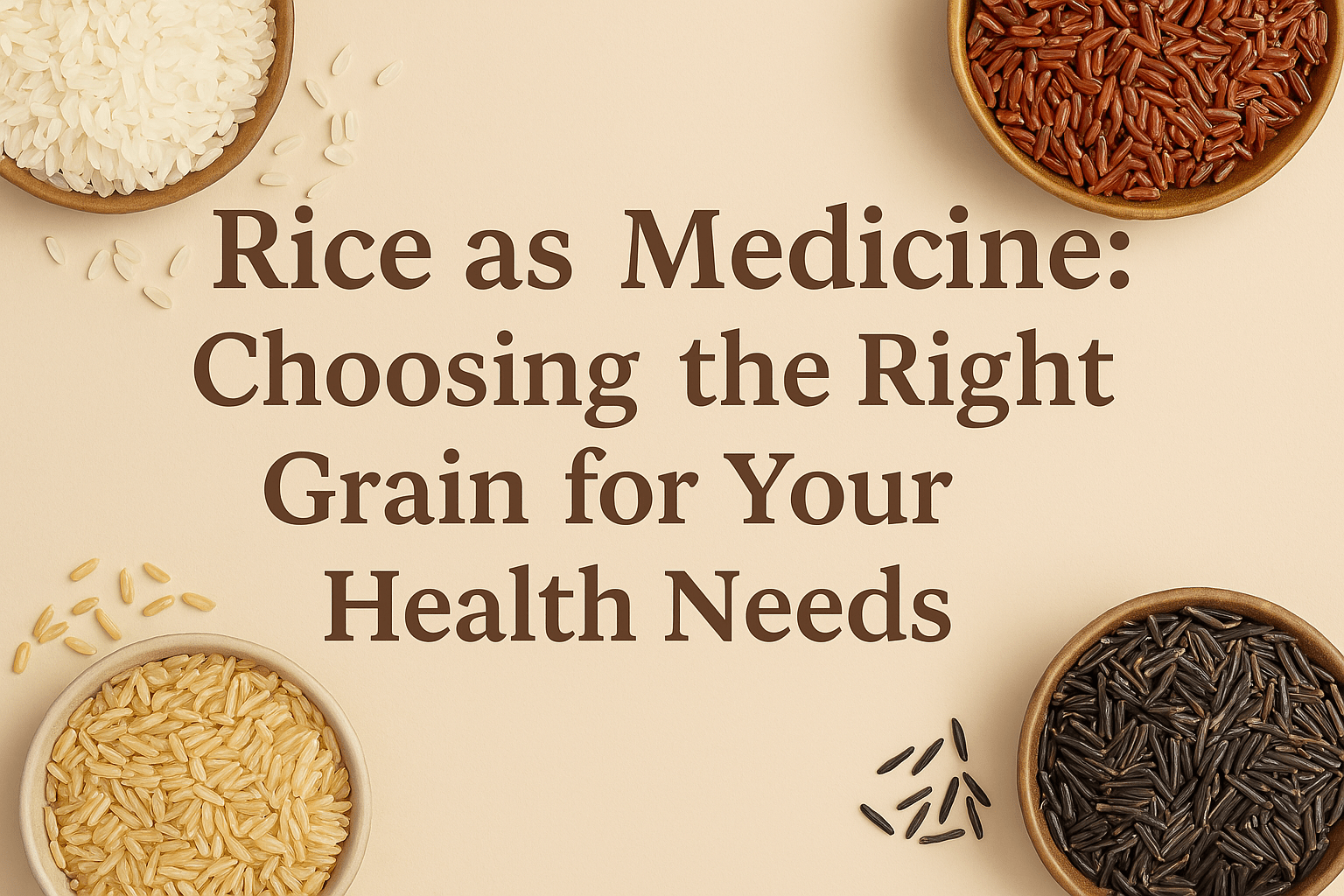Fit as a fiddle, SHILPA SHETTY KUNDRA has long been a staunch advocate for yoga as a means to good health. In a conversation with LIPIKA VARMA, the evergreen femme fatale gets candid about health management.
How did you get interested in this ancient exercise? What has the process been like?

My introduction to yoga wasn’t planned. I suffered from cervical spondylitis; my physiotherapist advised me to do bhujangasana thrice a day to help strengthen my spine. Over the years it has gone from a casual practice to a lifestyle. When I attended Big Brother, I used to do a lot of breathing exercises and people came to know. When you do yoga, your perception changes. I saw the changes in me happen over 2 years. Yoga belongs to India, but it has picked up more internationally. I wanted to be the catalyst to help people benefit from it in India. There is no one from our country to represent yoga. I started making DVDs for this reason, which are now pretty popular.
When you do yoga, your perception changes.
Talk us through the process of yoga and its benefits. Any specific asanas that are your favourites?
With yoga, there is always the scope for change in you. You can reinvent yourself. Yoga helps alignment of mind, body, and soul. It is a process; you need to be disciplined and follow through. Yoga also helps control the emotional faculties. I try to bring in a better version of myself through its practice. My favourite asana is Surya Namaskar. It helps in stretching your body and warms up your body as well. With Surya Namaskar you will feel like your blood is rushing through your veins; you are refreshed and energized.
Does practising yoga help with managing mental health during tough times such as the pandemic?

I believe we are going through a difficult time. The pandemic is more like a disaster; we need to go into disaster management mode. All of us are putting up a brave front. Luckily, the practice of yoga has helped people deal with the unprecedented issues the pandemic has brought to us. Many have lost near and dear ones, unable to even perform the last rites. So many are suffering from anxiety and depression but don’t know it. Pranayama can help with keeping our mental health in check. Yoga not only helps keep you physically fit but also maintains and strengthens mental health. Yoga also helps to reverse ageing and increase our quality of life. This is the time to enhance our immunity and mental health which will further help us cope with these difficult times.
This is the time to enhance our immunity and mental health which will further help us cope with these difficult times.
How do we keep ourselves thinking positive in these trying times?


We have no control over the lockdowns. We have forgotten to live in the present moment and are too busy planning the future. I believe that we need to be positive during these difficult times. Undoubtedly, negative thoughts will seep into us, so yoga practice essentially changes your perception. For example, when I do not like any arguments I still keep smiling, but to get back to normalcy I go out of the room for some time, analyse the situation and breathe for a while. This enables me to deal with my emotions. I am positive from within but at times we need to balance ourselves. Breathing is the best way. This is my secret of always being positive.
Any dietary tips to follow along with yoga practice?

I try to bring in a better version of myself through its practice.
My tip is to keep it simple. I don’t depend on the diet, nor do I follow the practice of eating six or seven times, I simply eat whenever I feel hungry. We need to have a heavy breakfast, followed by a good lunch. Ingesting enough carbs is very essential as well, as carbs energize your body. Also include protein, to repair your muscles, and fibre to cleanse your intestines. Having enough water is very important to stay hydrated. Your dinner has to be smaller. Some people don’t eat for the entire day but then eat too much for dinner. After eating they go straight to bed. They also have late dinners as well. As far as possible you need to allow your body to digest your food before you go to sleep. Finishing our food three hours before one sleeps is the best for your health.





























